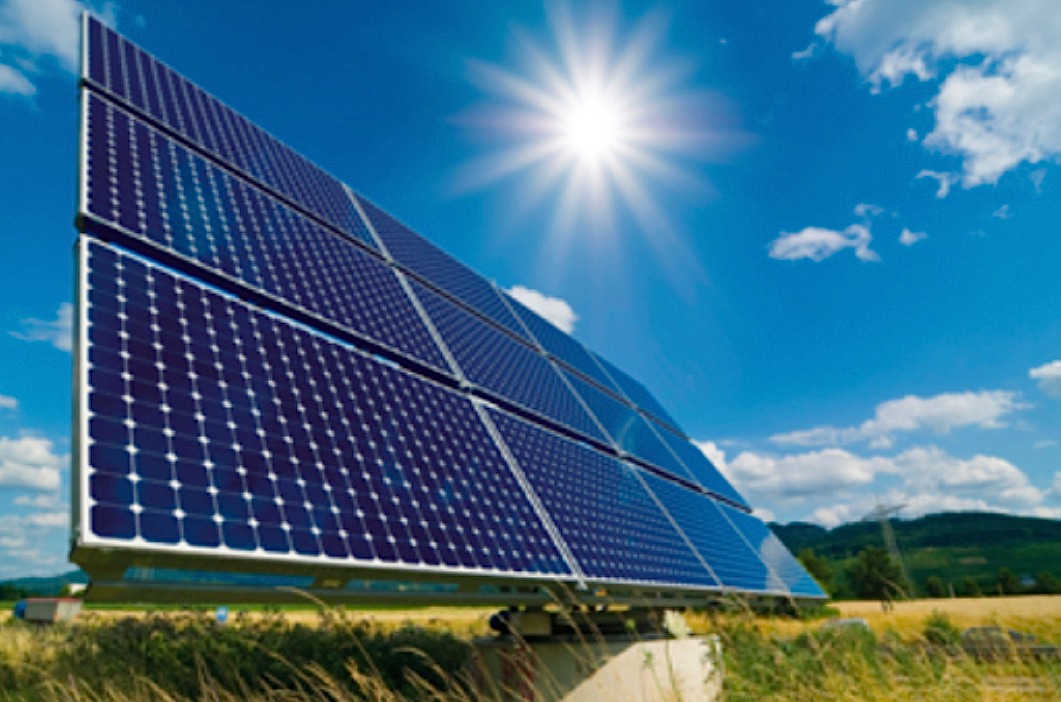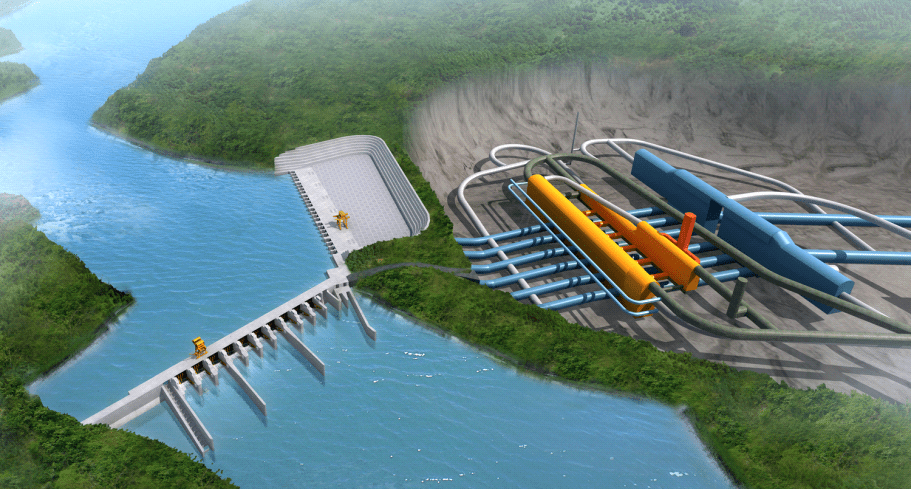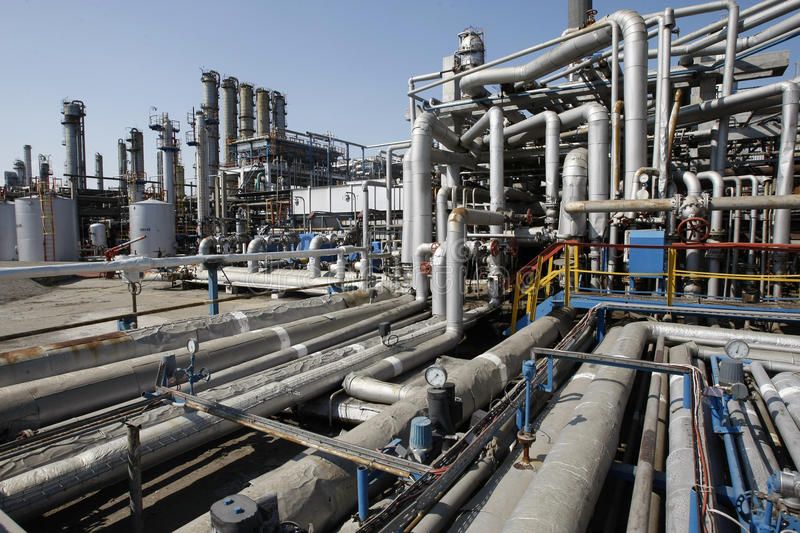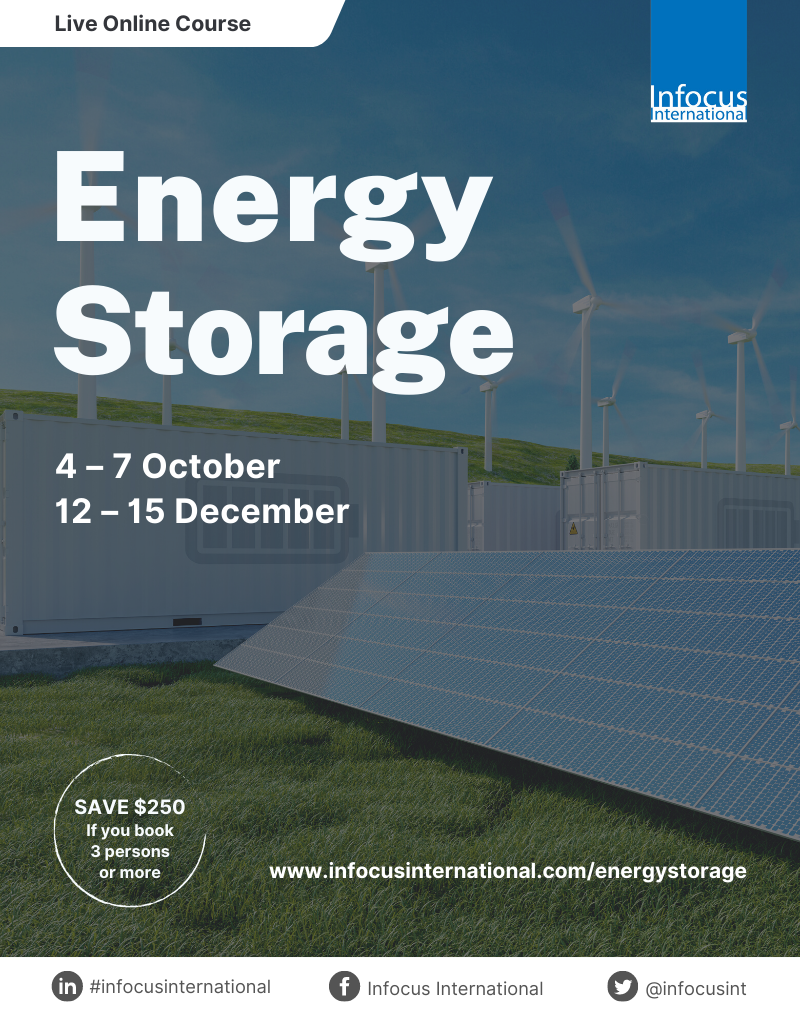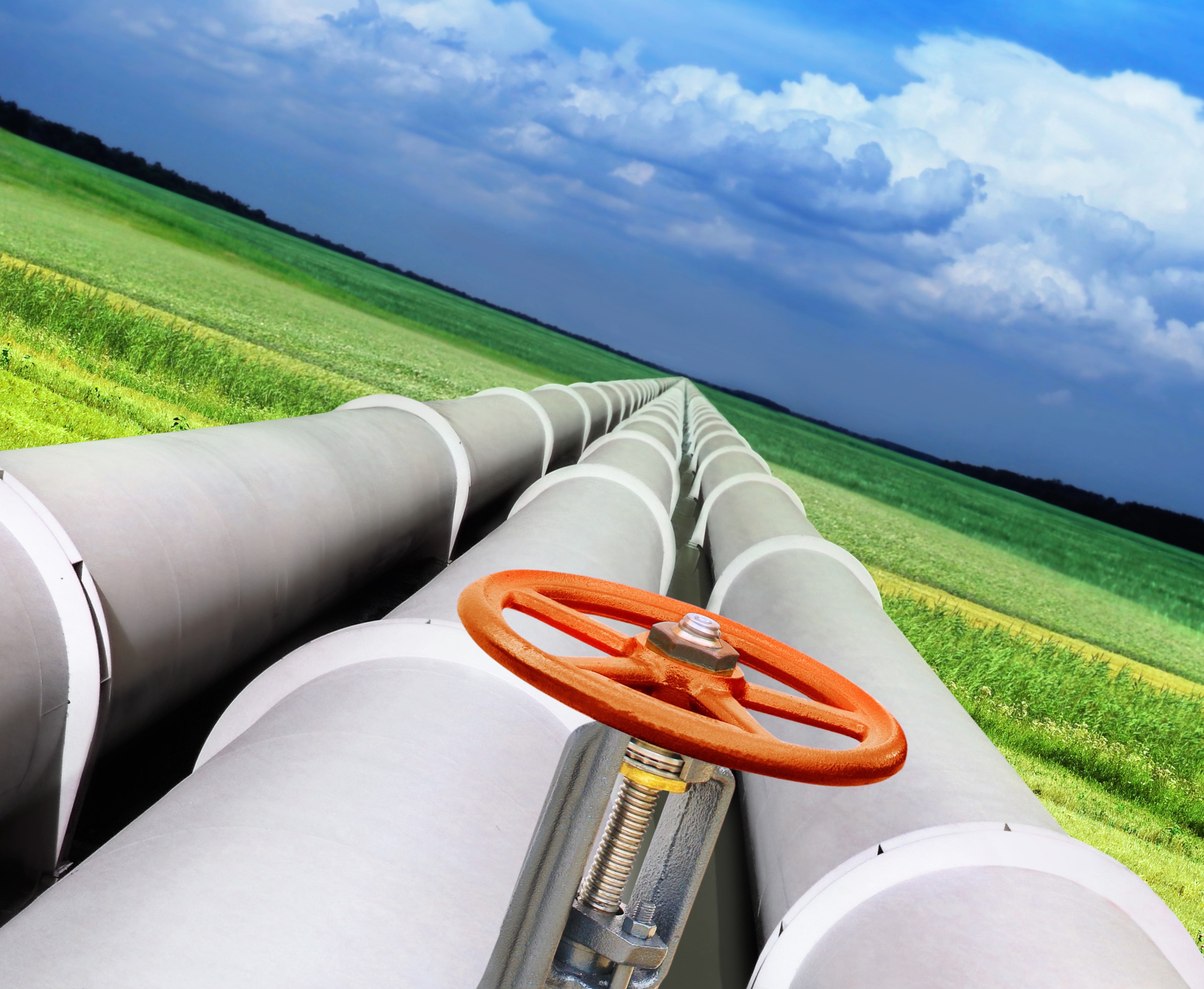Recent trends in capital investment in energy show that renewable sources are taking lead in attracting capital, a move that could make hydro-electricity even more expensive in countries like Uganda where heavy investment is currently directed towards non-renewable sources.
According to the Global Power Industry Outlook, 2017 report by Frost & Sullivan, “Declining project costs are driving investment towards renewables as the industry continues to transition to more decentralised and intelligent energy systems.”
This means that globally energy investment is moving towards more environmental conscious renewable sources, more efficiency through digitisation and decentralisation of power generation and distribution; which favours more off-grid sources than the traditional grid power.
The falling levels of capital investment in traditional sources like hydro, will make investment more expensive in this area, which will in turn drive hydro-power costs up, without necessarily solving the persistent problems of inefficiency and wastage by the grid systems.
This could mean that countries like Uganda that have made heavy investments on hydro-power generation could get stuck with more un-utilised hydro-power, moreover at a high cost. If this trend is anything to go by, it is likely that in the near future, many industry players will jump at the opportunity to access the cheaper renewable capital to set up facilities to generate and provide cheaper and cleaner solar energy.
“The rise of renewable energy continues. With prices for both solar and wind continuing to decline, renewable investment keeps booming at the expense of traditional power generation,” the report notes.
Global Power Industry Outlook, 2017, is a new analysis from Frost & Sullivan’s Power Generation Growth Partnership Service program, which examines power market trends, including installed capacity, investment, and regional growth across coal-fired, gas-fired, nuclear, hydro, solar PV, wind and biomass power.
This new trend is attributed to project costs on renewables that continue to fall as more, cheaper and better technologies become available. The other factor driving the trend in favour of renewables is the continued advocacy and regulatory support for renewable energy, globally.
According to Frost & Sullivan, 2017 will “see global renewable power investment reach $243.1 billion, with solar photovoltaic (PV) the fastest growing segment, followed by wind power – by 2020 non-hydro renewables will account for 65 per cent of global power investment. “
The report says India is the hottest growth market with renewable investment set to increase by 24 per cent per year to 2020. The evolving market will compel power sector participants to craft innovative business models, offer customer-centric solutions, and create flexible portfolios. There will also be higher consolidation as companies seek funding to expand and introduce novel products.
“High growth rates for solar PV, with investment forecast to increase by 11.5 percent to $141.6 billion in 2017. International agreements, such as COP21, and declining renewable technology costs, will ensure more capacity per dollar invested,” the report says.




